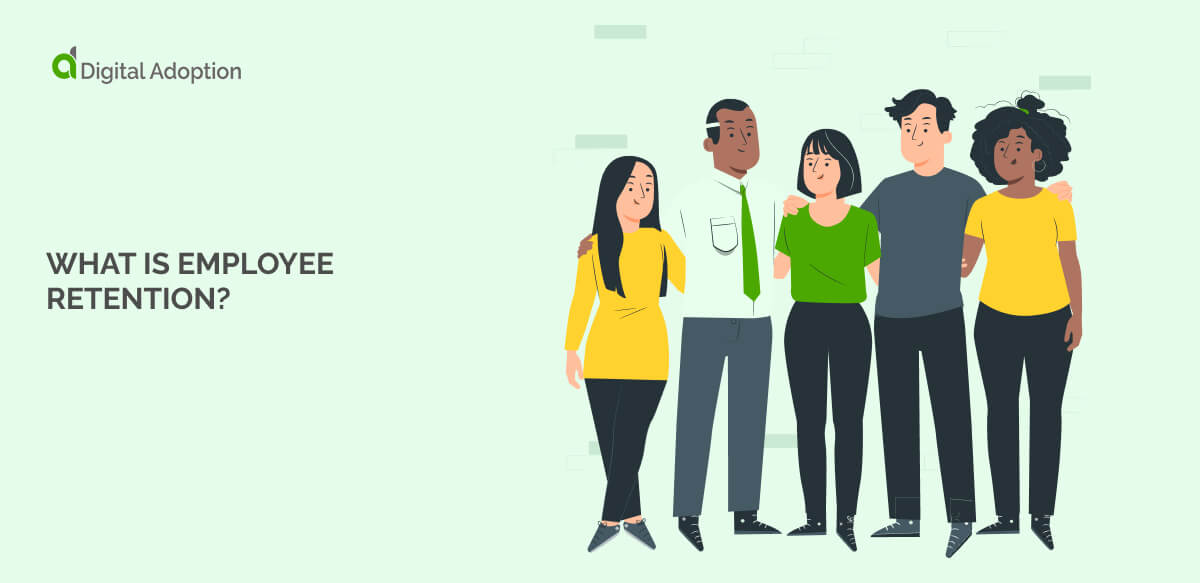What is employee retention?
Employee retention is an organization’s ability to maintain its workforce by creating conditions that encourage employees to stay and by minimizing turnover.
Strong retention is characterized by low turnover, long employee tenure, and high satisfaction. Factors that contribute include competitive pay, performance-based bonuses, clear career advancement paths, and opportunities for skill development.
Conversely, weak retention results in high recruiting and training costs for replacements, a loss of institutional knowledge, and reputational damage that hinders talent acquisition and raises customer concerns.
To improve retention, companies need to regularly gather feedback from employees through surveys, exit interviews, and open discussions. Organizations should also benchmark their retention rates against industry standards to understand how they compare to similar companies and set realistic improvement goals.

